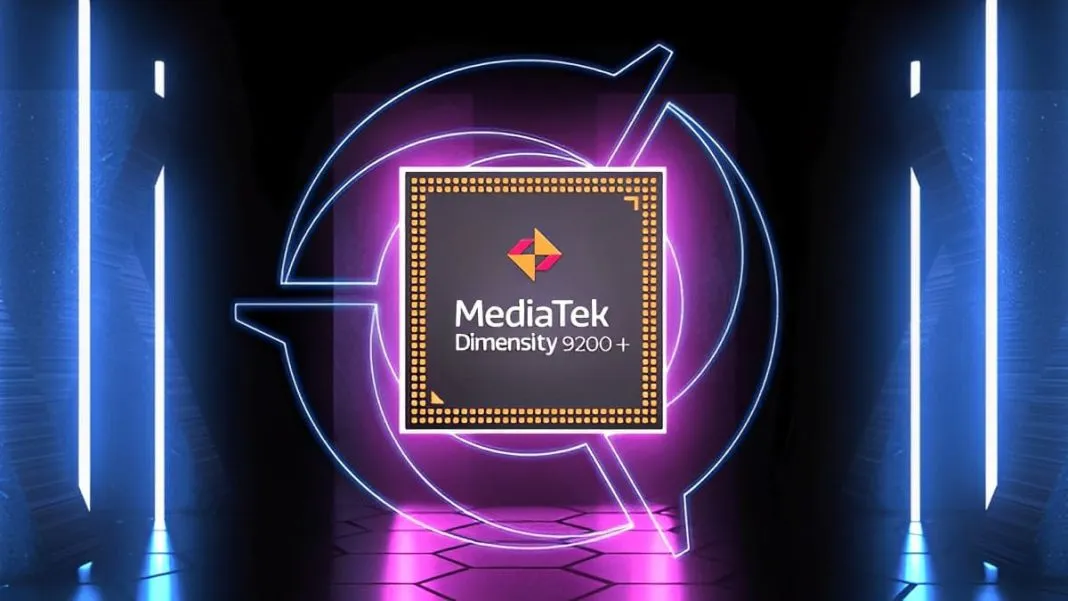RFID vs NFC: What Are the Differences?
The ultimate guide to compare RFID technology and NFC technology.
Welcome to Blackview (Well-known brand of rugged phone) blog. Hope the guide helps.
In our increasingly connected world, RFID (Radio Frequency Identification) and NFC (Near Field Communication) are ubiquitous wireless technologies. While both facilitate wireless communication and data transfer, they differ significantly in their applications and security features. This guide explores the key distinctions between RFID and NFC, examining their functionalities, applications, and technical aspects.

Overview of RFID and NFC:
- RFID is a technology that uses radio waves to identify and track objects embedded with RFID tags. These tags consist of a microchip and an antenna that communicate with RFID readers. RFID is widely used in supply chain management, inventory tracking, access control, and electronic toll collection.
- NFC, on the other hand, is a subset of RFID technology that enables short-range communication between devices. NFC operates at a frequency of 13.56 MHz and is primarily used for contactless transactions, access control systems, and data sharing between devices. NFC is commonly found in smartphones, payment cards, and access badges.
Security Features:
Security is a crucial consideration when comparing RFID and NFC technologies. Both have implemented security measures, but NFC offers more robust security features.
- RFID: Traditional RFID systems often lack robust security features and can be susceptible to unauthorized access or data interception. Additional security measures, such as encryption and authentication protocols, may need to be implemented to enhance RFID security.
- NFC: NFC incorporates advanced security mechanisms. It supports encryption, authentication protocols, and secure element storage, making it suitable for secure transactions and access control. NFC-based payment systems often utilize additional security measures like tokenization and biometric authentication, providing enhanced protection against fraud and data breaches.
Communication Range:
One of the primary differences between RFID and NFC lies in their communication ranges.
- RFID: RFID offers a longer communication range compared to NFC. The range can vary depending on the frequency used, with LF RFID having the shortest range (up to a few centimeters), HF RFID ranging from a few centimeters to a couple of meters, and UHF RFID capable of ranges up to several meters.
- NFC: NFC has a limited communication range, typically around 1-10 centimeters. This short-range communication requirement ensures that devices must be in close proximity for data exchange to occur. The proximity requirement is a key security feature of NFC, preventing unauthorized access or interception.
Functionality:
RFID and NFC serve different purposes and are designed for distinct applications.
- RFID: RFID is primarily used for identification, tracking, and data collection. It is widely employed in supply chain management, inventory tracking, access control systems, electronic toll collection, and asset tracking. RFID tags can store and transmit data related to the tagged object, such as product information, serial numbers, or unique identifiers.
- NFC: NFC offers more advanced functionality compared to RFID due to its bidirectional communication capabilities. In addition to identification and data collection, NFC enables secure transactions and data sharing between devices. It is commonly used for contactless payments, ticketing systems, access control, digital content sharing, and device pairing.
Data Transfer Speed:
Another notable difference between RFID and NFC is their data transfer speeds.
- RFID: RFID data transfer speeds vary depending on the frequency used and the specific implementation. Generally, RFID operates at relatively slower data transfer rates, suitable for applications where real-time data interaction is not critical.
- NFC: NFC provides faster data transfer speeds compared to most RFID implementations. The data transfer rate for NFC is typically around 424 kbps, allowing for quicker transmission of information. This higher speed is particularly beneficial for applications like contactless payments, where fast and reliable communication is essential.
Conclusion
While RFID and NFC share similarities in terms of radio frequency communication, they have distinct differences in terms of functionality, communication range, data transfer speed, and security features.
RFID is primarily used for identification and tracking, with longer communication ranges. NFC, on the other hand, offers bidirectional communication, secure transactions, and shorter communication ranges. Understanding these differences is crucial for selecting the appropriate technology for specific applications, ensuring optimal performance and security.
More NFC Related:






